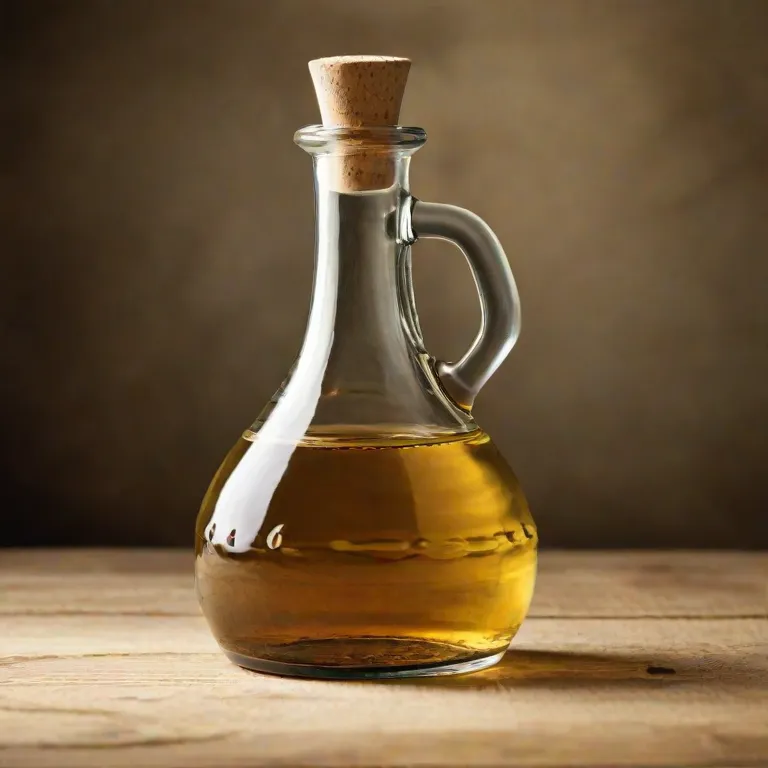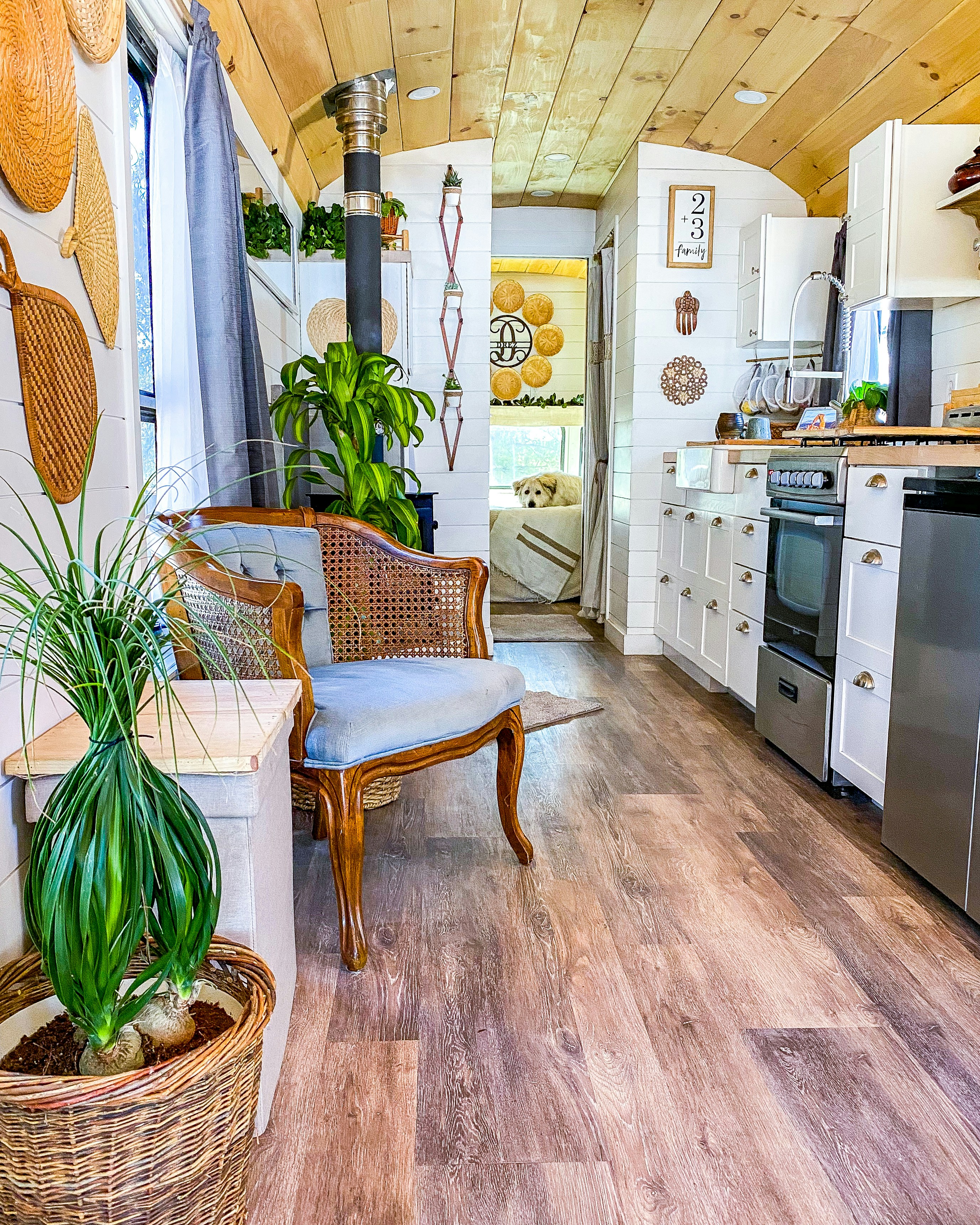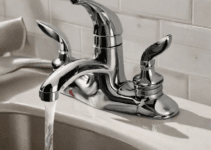Learn how to effectively combat limescale, the common household issue caused by hard water, using affordable and eco-friendly methods like vinegar. Discover step-by-step guides, additional tips, and alternative solutions to maintain a limescale-free home, ensuring your appliances run efficiently and your fixtures remain spotless.
Understanding Limescale and Its Impact
Limescale is a common household issue that many people face, characterized by a chalky, white residue that forms on surfaces and appliances. It is primarily composed of calcium carbonate (CaCO3) and magnesium carbonate (MgCO3), minerals found in hard water. Hard water, which contains high concentrations of these minerals, flows through our plumbing systems and leaves behind deposits when it evaporates. Over time, these deposits accumulate, leading to the formation of limescale.

The formation of limescale can be attributed to the natural process of water evaporation. As water containing dissolved calcium and magnesium evaporates, it leaves behind these minerals as solid deposits. These deposits are most commonly seen on bathroom and kitchen fixtures, such as taps, showerheads, and tiles, as well as inside household appliances like kettles, washing machines, and dishwashers. The presence of limescale not only leads to unsightly stains but also has several other negative impacts.
Please, read our post and do not forget to check our YouTube channel “Grig Stamate”:
https://www.youtube.com/@GrigStamate
You will find there, thousands of designing, furnishing, and decorating ideas for your home interior and outdoors.
Allow me to mention one of them:
House Tours, #23 – Small Family Homes with Comfortable Interiors (video)
One of the most significant impacts of limescale is the reduced efficiency of household appliances. When limescale builds up inside appliances, it can obstruct the flow of water, reduce heating efficiency, and cause components to wear out more quickly. For instance, a kettle with limescale buildup will take longer to boil water, thereby increasing energy consumption. Similarly, washing machines and dishwashers with limescale deposits may require more detergent and energy to achieve the same level of cleanliness.
In addition to affecting appliance efficiency, limescale can also pose aesthetic and functional problems. The stains left by limescale are often difficult to remove and can make bathroom and kitchen fixtures look dirty and worn out. Moreover, limescale buildup in pipes can lead to reduced water flow and pressure, affecting the overall performance of your plumbing system.
While there are no direct health risks associated with limescale, its presence can be an indicator of hard water, which may have other implications for skin and hair health. Hard water is known to make soap less effective, leading to dry skin and hair. Therefore, addressing limescale issues not only improves the appearance and efficiency of your home but also contributes to a healthier living environment.
Why Vinegar is an Effective Solution
Vinegar stands out as a remarkably effective solution for tackling limescale due to its unique chemical properties. The primary component of vinegar is acetic acid, which reacts with the calcium carbonate found in limescale. This reaction breaks down the calcium carbonate into calcium acetate, water, and carbon dioxide, transforming the stubborn limescale into water-soluble compounds that can be easily wiped away. This process not only makes vinegar highly efficient but also simplifies the cleaning effort.
When compared to other commercial limescale removers, vinegar offers several notable advantages. Firstly, it is considerably more affordable. A bottle of vinegar costs a fraction of the price of specialized cleaning agents, making it an economical choice for regular maintenance. Secondly, vinegar is readily available in most households and supermarkets, ensuring that you can address limescale issues immediately without a special trip to the store.
Additionally, vinegar is an environmentally friendly alternative to chemical-laden commercial cleaners. Many commercial products contain harsh chemicals that can be harmful to both the environment and human health. Vinegar, on the other hand, is a natural product that poses minimal risk to the environment and can be safely used around children and pets when proper precautions are taken.
Despite its benefits, there are some safety considerations to keep in mind when using vinegar for cleaning. While vinegar is generally safe, it is still an acid and can cause irritation if it comes into contact with the skin or eyes. It is advisable to wear gloves and ensure proper ventilation when using vinegar for extended cleaning tasks. Additionally, vinegar should not be used on certain surfaces, such as natural stone, as the acid can cause damage. Always conduct a patch test on a small, inconspicuous area before applying vinegar to any surface.
Step-by-Step Guide to Using the Vinegar Trick
When it comes to tackling stubborn limescale stains, vinegar proves to be an effective, natural solution. This guide will take you through a variety of methods to remove limescale from common household items and surfaces.
Kettles: Fill the kettle with a mixture of equal parts water and white vinegar. Boil the solution and then let it sit for an hour. Pour out the solution, rinse thoroughly, and boil fresh water to eliminate any remaining vinegar taste.
Showerheads: Detach the showerhead if possible. Submerge it in a bowl filled with white vinegar for at least an hour. For fixed showerheads, fill a plastic bag with vinegar and secure it around the showerhead using a rubber band. After soaking, scrub with a toothbrush to remove any lingering deposits, then rinse with water.
Faucets: Soak a cloth or paper towel in vinegar and wrap it around the faucet. Let it sit for an hour. After removing the cloth, scrub the faucet with a brush or sponge to eliminate any loosened limescale. Rinse well with water.
Tiles: Create a vinegar solution by mixing one part water with one part vinegar. Spray the solution onto the limescale-stained tiles and let it sit for 10-15 minutes. Scrub the tiles with a brush or sponge, then rinse with water.
For prevention, consider these tips: Regularly clean surfaces with a vinegar solution to keep limescale at bay. Installing water softeners can significantly reduce the mineral content in your water, preventing limescale buildup. Additionally, wiping dry surfaces prone to limescale after use can help maintain their cleanliness.
Using the vinegar trick is not only effective but also eco-friendly, making it a preferred choice for many households. By incorporating these steps into your regular cleaning routine, you can keep limescale stains under control and maintain a pristine home environment.
Additional Tips and Alternatives
While vinegar is a tried-and-true method for combating limescale, there are several additional tips and alternatives that can help you maintain a limescale-free home. For instance, incorporating regular cleaning routines can significantly reduce the buildup of limescale on surfaces such as faucets, showerheads, and tiles. Using a microfiber cloth to wipe down wet areas after use can prevent mineral deposits from forming.
For those seeking alternative natural remedies, lemon juice is an effective option. The citric acid in lemon juice works similarly to vinegar in dissolving limescale. Simply apply the juice to the affected areas, let it sit for a few minutes, and then scrub and rinse. Baking soda is another powerful ally; when combined with vinegar or lemon juice, it forms a foaming action that enhances the cleaning process. Apply the mixture to limescale spots, allow it to work its magic, and then clean thoroughly.
Commercial products designed specifically for limescale removal are also available. These products often contain stronger acids or specialized chemicals that can tackle particularly stubborn deposits. Products such as limescale removers or descaling agents can be used periodically to ensure that your appliances and surfaces remain limescale-free. Always follow the manufacturer’s instructions and use these products in well-ventilated areas to ensure safety.
In cases of persistent limescale, consider using a pumice stone or a dedicated descaling brush. These tools can help physically break down tough deposits. However, use them with caution to avoid scratching delicate surfaces.
User testimonials highlight the effectiveness of these methods. One user shared that a combination of vinegar and baking soda successfully removed limescale from their showerhead, restoring its water flow. Another user recommended a commercial limescale remover for their coffee machine, noting a significant improvement in its performance.
By integrating these additional tips and alternatives into your cleaning routine, you can effectively manage and prevent limescale buildup in your home. Whether you prefer natural remedies or commercial solutions, maintaining a limescale-free environment is achievable with the right approach.
Other related posts from our website:
https://howtobuildahouseblog.com/the-ultimate-guide-to-cleaning-flagstones-planks-and-concrete/
https://howtobuildahouseblog.com/the-6-most-dreaded-cleaning-chores-and-how-to-make-them-easier/
https://howtobuildahouseblog.com/ultimate-guide-to-cleaning-tile-floors-and-grout/
Thank you so much for your attention.
Stay tuned. We will upload many other amazing posts to our website and videos onto our YouTube channel.
Thank you so much.
for your time and attention.
Best Regards
See you to another post,
Bye, Bye


